Home>Furniture>Outdoor Furniture>How Much Does It Cost To Do A Patio
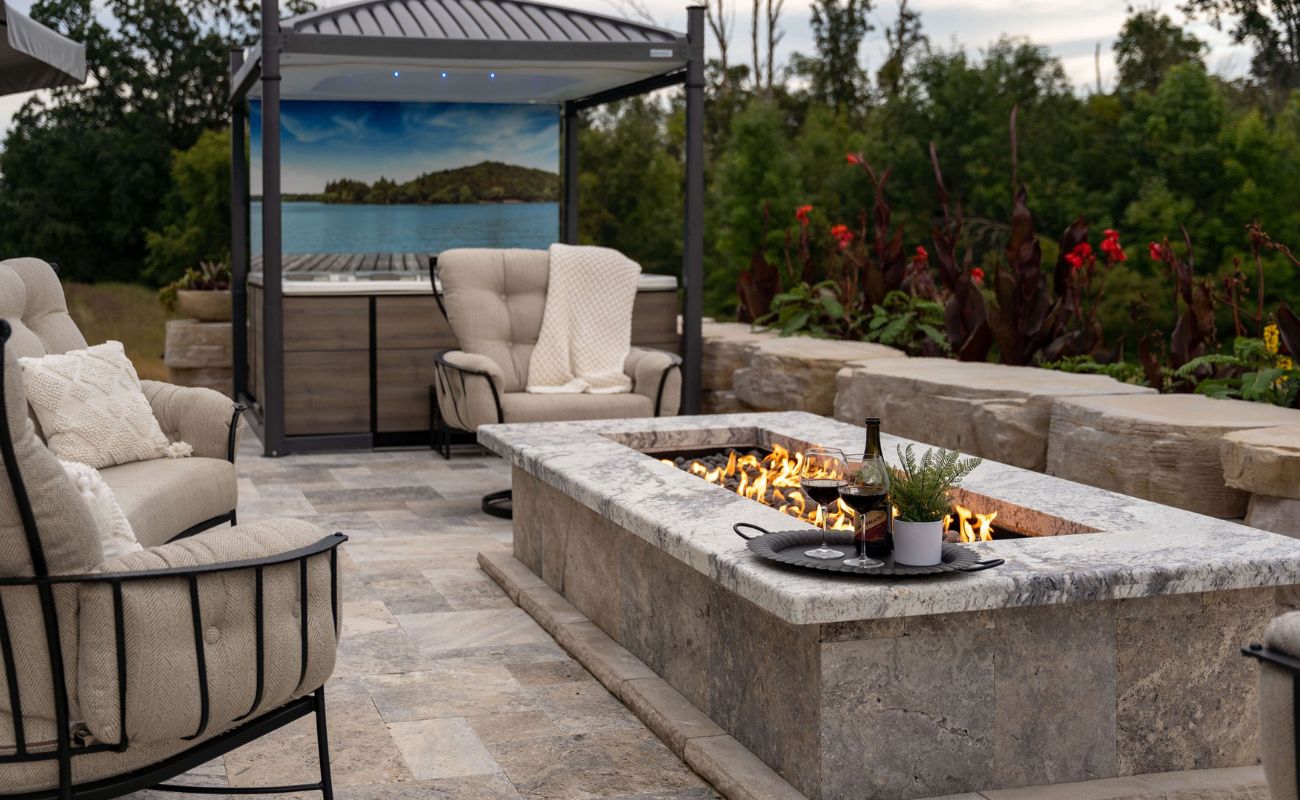

Outdoor Furniture
How Much Does It Cost To Do A Patio
Modified: March 7, 2024
Find out the average cost of patio installation and get ideas for outdoor furniture to transform your patio into a stylish and comfortable space.
(Many of the links in this article redirect to a specific reviewed product. Your purchase of these products through affiliate links helps to generate commission for Storables.com, at no extra cost. Learn more)
Introduction
Welcome to our comprehensive guide on the cost of building a patio. A patio is not just an outdoor space; it’s an extension of your living area that allows you to enjoy the beauty of nature while providing a comfortable and functional gathering spot for family and friends. Whether you envision a cozy space for morning coffee, a place to entertain guests, or a serene retreat for relaxation, understanding the factors that influence the cost of a patio is crucial in planning your perfect outdoor oasis.
Creating a patio involves numerous aspects, including materials, labor, design, permits, and additional features. Each of these factors can significantly impact the overall cost of your project. By exploring these aspects in detail, you will be equipped with the knowledge necessary to make informed decisions throughout the process.
It’s important to note that the cost of building a patio can vary depending on various factors such as location, size, chosen materials, complexity of design, and local labor rates. This guide will provide you with a general overview to help you estimate the potential expenses involved in your patio project.
In the following sections, we will delve into the different components that contribute to the overall cost of a patio, including materials, labor, design, permits, and maintenance. By understanding these factors, you will have a better sense of what to expect when planning your patio project.
So let’s dive in and explore the various factors that affect the cost of building a patio. By the end of this guide, you’ll have a clearer understanding of the financial investment required, and you’ll be well on your way to enjoying the benefits of a beautiful and functional outdoor space.
Key Takeaways:
- Building a patio involves considering factors like size, materials, labor, and design, which all impact the overall cost. It’s important to plan and budget carefully to create a beautiful outdoor space within your financial constraints.
- Selecting the right materials, hiring skilled professionals, and factoring in long-term maintenance are crucial for creating a functional and aesthetically pleasing patio. Understanding these factors helps in making informed decisions and ensuring a successful project.
Read more: How Much Does It Cost To Do A Concrete Patio
Factors Affecting the Cost of a Patio
When planning a patio project, it’s essential to consider the factors that can impact its overall cost. By understanding these factors, you’ll be able to make informed decisions and set realistic expectations for your budget. Here are some key factors that can affect the cost of building a patio:
- Size: The size of the patio is a significant factor in determining its cost. Generally, larger patios require more materials and labor, which can increase the overall expense. Consider how you intend to use the patio space and estimate the square footage accordingly.
- Materials: The choice of materials plays a significant role in determining the cost of a patio. Common materials include concrete, pavers, natural stone, brick, and composite decking. Each material has its own cost per square foot, so it’s essential to research and compare prices to find the best option that fits your budget and desired aesthetics.
- Complexity of Design: The complexity of the patio design can greatly impact the cost. A simple, rectangular patio will generally be more affordable compared to a custom shape or intricate pattern. Additional features such as curves, steps, retaining walls, and built-in seating will add to the overall complexity and cost of the project.
- Site Preparation: The condition of the existing site and the level of site preparation required can affect the cost. If your site has poor drainage, slopes, or needs grading, additional work may be needed to ensure a solid foundation for the patio. This can incur additional costs for excavation, soil modification, or drainage solutions.
- Accessibility: The ease of access to the area where the patio will be built can impact the cost. If the patio location is challenging to reach, it may require additional labor or equipment, resulting in increased expenses.
- Location: The cost of building a patio can vary depending on your geographical area. Factors such as local labor rates, material availability, and building codes can influence the overall cost.
- Additional Features: The inclusion of additional features in your patio design, such as outdoor kitchens, fire pits, pergolas, or seating areas, will increase the overall cost. Consider your desired features and factor in the additional expenses during the planning phase.
By considering these factors, you can get a better understanding of the potential costs associated with building a patio. It’s crucial to assess your budget and priorities to ensure that your patio design aligns with your financial capabilities.
Material Costs
Choosing the right materials for your patio is not only important for achieving the desired aesthetics but also for determining the overall cost of the project. Different materials have varying price ranges, durability, and maintenance requirements. Here are some common materials used for patios and their associated costs:
- Concrete: Concrete is a popular and cost-effective material for patios. It offers versatility in design options, is durable, and requires minimal maintenance. The cost of concrete can range from $6 to $15 per square foot, depending on factors such as the complexity of the design and the region.
- Pavers: Pavers are available in a wide variety of shapes, colors, and textures, allowing for creative pattern designs. They are typically more expensive than concrete, with costs ranging from $10 to $25 per square foot. However, pavers offer durability and can be easily replaced if damaged.
- Natural Stone: Natural stone, such as flagstone, slate, or bluestone, provides an elegant and timeless look to patios. However, it is typically the most expensive option, with costs ranging from $20 to $50 per square foot. The price can vary depending on the type of stone selected, availability, and installation complexity.
- Brick: Brick is a classic and versatile option for patios, offering durability and a timeless appeal. The cost of brick can range from $12 to $20 per square foot, depending on the type of brick and complexity of the design.
- Composite Decking: Composite decking is a low-maintenance alternative to wood, offering durability and resistance to rot, insects, and fading. The cost of composite decking ranges from $9 to $16 per square foot, depending on the brand and quality.
In addition to the material costs, other factors can influence the overall expense. These include factors such as the size of the patio, any additional features or upgrades, site preparation requirements, and labor costs.
It’s important to consider not only the initial cost of the materials but also long-term maintenance and durability. Cheaper materials may require more frequent repairs or replacements, ultimately increasing the overall cost over time. It’s advisable to balance your budget with the desired aesthetics and longevity to make an informed decision.
Consulting with a professional contractor or outdoor design specialist can help you determine the best material for your patio based on your budget, preferences, and the specific requirements of your project.
Labor Costs
When planning a patio project, it’s important to consider the labor costs involved. Hiring skilled professionals to construct your patio ensures high-quality workmanship and a smooth installation process. However, labor costs can vary depending on several factors:
- Experience and Expertise: The skill level and experience of the contractors or construction team will influence the labor costs. More experienced professionals typically charge higher rates due to their expertise and reputation. It’s essential to hire professionals who have a proven track record in patio construction to ensure the best outcome.
- Project Complexity: The complexity of the patio design and any additional features will impact labor costs. Intricate designs, curved edges, and intricate patterns require more time and precision, which can result in higher labor charges.
- Size of the Patio: The size of the patio is a significant factor in labor costs. Larger patios require more time and effort to construct, which can increase labor expenses. Additionally, the accessibility of the patio location can also influence labor costs. If the area is difficult to reach or requires special equipment, it may increase the overall labor charges.
- Site Preparation: Labor costs can also include site preparation tasks such as excavation, grading, and soil modification. The condition of your site and the level of site preparation required will impact the amount of labor needed and, subsequently, the labor costs.
- Timeline and Scheduling: The timeline for completing the patio project can also impact labor costs. If you have specific deadlines or require a faster completion time, it may incur higher labor charges due to the need for expedited work.
It’s essential to obtain multiple quotes from reputable contractors to compare labor costs and ensure fair pricing. Be cautious of extremely low-cost estimates, as they may indicate subpar workmanship or the use of low-quality materials.
Additionally, remember to factor in the cost of any permits that may be required for your patio project. Permits are needed for structural changes or if your patio exceeds certain size limits set by local building codes. Some contractors may include the cost of permits in their labor charges, while others may require you to obtain the permits separately.
By considering all these factors, you will have a better understanding of the labor costs involved in your patio project. It’s important to prioritize quality workmanship and hire professionals who have the necessary experience to ensure a smooth and successful patio installation.
Design and Layout Costs
The design and layout of your patio play a significant role in creating a functional and visually appealing outdoor space. Depending on the complexity and customization of your design, there may be additional costs associated with the planning and layout phase of your patio project:
- Design Consultation: Hiring a professional designer or landscape architect can help you create a cohesive and well-planned patio design. These professionals have the expertise to assess your needs, consider the layout of your space, and incorporate any specific features or elements you desire. Design consultations typically include site visits, measurements, and conceptual drawings. The cost of a design consultation may vary depending on the complexity of your project and the professional’s fees.
- Layout and Planning: Once you have a finalized design, the layout and planning phase will involve determining the precise placement of the patio, considering factors like access points, traffic flow, and outdoor furniture placement. This stage may require additional consultations with your contractor or designer and could incur additional fees.
- Custom Features: If you have specific custom features in mind, such as built-in seating, fire pits, water features, or outdoor kitchen setups, there may be design and layout costs associated with incorporating these elements seamlessly into your patio design. Custom features require careful planning and attention to detail, which may incur additional design fees.
- Material Selection: The design and layout phase may also involve selecting specific materials and finishes for your patio, such as the type of paving stones, colors, textures, or decorative elements. If you opt for high-end or specialized materials, the cost may be higher than standard options.
- 3D Rendering: Some professionals offer 3D rendering services to provide you with a visual representation of your patio design. This can give you a better idea of how the finished project will look and allow for any necessary adjustments before construction begins. 3D rendering services may involve an additional fee, but they can be helpful in ensuring that your vision aligns with the final result.
While incorporating design and layout costs into your patio budget may increase the overall project expenses, it can greatly enhance the final outcome. Taking the time to properly plan and design your patio will result in a more functional and aesthetically pleasing outdoor space that meets your specific needs and desires.
Discussing your design and layout preferences with your chosen contractor or design professional will help you determine the potential costs associated with your specific patio project.
Consider the size, materials, labor, and any additional features when estimating the cost of a patio. Get multiple quotes from contractors to compare prices and find the best deal.
Read more: How Much Does It Cost For A Patio
Additional Features and Upgrades
When planning your patio, you may want to consider adding additional features or upgrades to enhance the functionality and enjoyment of your outdoor space. While these features can add to the overall cost of your project, they can also significantly enhance your patio experience. Here are some popular additional features and upgrades to consider:
- Outdoor Kitchen: An outdoor kitchen allows you to prepare meals and entertain guests outdoors. It can range from a simple grill station to a fully equipped cooking area with countertops, storage, and appliances. The cost of an outdoor kitchen varies depending on the complexity of the design, materials used, and the types of appliances selected.
- Fire Pit or Fireplace: Adding a fire pit or fireplace to your patio creates a cozy and inviting atmosphere. It provides warmth and serves as a gathering point for friends and family. The cost of a fire feature depends on the size, style, and materials used, ranging from simple DIY fire pits to professionally built stone fireplaces.
- Outdoor Lighting: Outdoor lighting enhances the ambiance of your patio and extends its functionality into the evening hours. This can include pathway lighting, accent lighting, or even string lights for a more whimsical atmosphere. The cost of outdoor lighting will depend on the number of lights, types of fixtures, and the complexity of installation.
- Pergolas or Shade Structures: Adding a pergola or other shade structures provides relief from the sun and creates a defined space within your patio. These structures can be customized to match your patio design and desired level of shade. The cost will vary depending on the size, materials used, and complexity of the design.
- Outdoor Furniture and Accessories: Choosing the right outdoor furniture and accessories can enhance the comfort and style of your patio. Costs will vary depending on the type of furniture, quality, and desired accessories such as cushions, umbrellas, or decorative elements.
- Landscaping: Incorporating landscaping elements around your patio, such as plants, flowers, trees, or a garden bed, can add beauty and create a more serene environment. Landscaping costs will vary depending on the size and complexity of the design, as well as the types of plants and materials chosen.
It’s important to consider your budget and priorities when deciding which additional features and upgrades to incorporate into your patio project. While these additions can enhance your outdoor living space, be mindful of the associated costs and make sure they align with your financial capabilities.
Working with a professional contractor or designer can help you determine the feasibility and cost of incorporating additional features and upgrades based on your specific patio project requirements.
Permits and Regulations
When undertaking a patio project, it is important to consider the permits and regulations that may be required by your local authorities. These regulations are in place to ensure the safety, structural integrity, and compliance of your patio construction. Failing to obtain the necessary permits or adhere to regulations can result in fines, penalties, or even the need to tear down and rebuild your patio. Here are some key points to consider:
- Building Permits: In many jurisdictions, you will need to acquire a building permit for the construction of a patio. The process typically involves submitting detailed plans and specifications to the local building department. The cost of the permit can vary depending on the size and scope of your project.
- Zoning Regulations: Zoning regulations govern land use and dictate what can be built in specific areas. These regulations determine setbacks, lot coverage limits, and other requirements that may impact the size and placement of your patio. It is important to consult local zoning regulations to ensure your patio design adheres to these guidelines.
- Homeowners Association (HOA) Approval: If you live in a community with a homeowners association, you may need to obtain approval from the HOA before starting your patio project. HOAs often have specific design guidelines and approval processes in place to maintain the aesthetics and harmony of the neighborhood.
- Environmental Considerations: Depending on your location and the proximity to sensitive environmental areas, there may be additional regulations or permits required. This can include considerations for erosion control, stormwater management, or protection of trees and natural habitats. It’s important to be aware of any environmental regulations that apply to your project and take the necessary steps for compliance.
It is recommended to consult with your local building department or a professional contractor experienced in patio construction to determine the necessary permits and regulations specific to your area. They can guide you through the process, help with obtaining permits, and ensure that your patio project meets all structural and safety requirements.
Keep in mind that securing the appropriate permits and adhering to regulations may add some additional cost to your project, but it is a crucial step in ensuring the legality and quality of your patio construction.
Maintenance and Long-term Costs
When planning a patio project, it is important to consider the long-term maintenance and costs associated with keeping your outdoor space in good condition. Proper maintenance ensures the longevity and aesthetics of your patio, so it’s important to factor in ongoing upkeep and potential repairs. Here are some key maintenance considerations:
- Cleaning and Sealing: Depending on the materials used for your patio, regular cleaning and sealing may be required to maintain its appearance and durability. Concrete, pavers, and natural stone may need periodic pressure washing and resealing to prevent stains, cracking, and fading. The costs of cleaning and sealing will vary depending on the size of your patio and the materials used.
- Weeding and Pest Control: Weeds can grow between pavers or in the cracks of concrete, requiring regular removal to keep your patio looking pristine. Additionally, pests such as ants or moss can be an issue. Consider the need for ongoing weeding and pest control measures and factor them into your maintenance costs.
- Repairs and Replacements: Over time, your patio may require repairs or replacements due to normal wear and tear or unforeseen damage. Cracked pavers, loose mortar, or damaged concrete are common issues that may arise. It’s important to budget for potential repairs or replacements and address any issues as soon as they arise to prevent further damage and more costly repairs down the line.
- Furniture and Accessories: Outdoor furniture and accessories may require regular maintenance and occasional replacements. Cushion covers, umbrellas, or other fabric components may deteriorate over time due to sun exposure or inclement weather. Factor in the cost of maintaining or replacing these items to keep your patio looking fresh and inviting.
- Seasonal Preparations: Depending on your climate, you may need to take seasonal precautions to protect your patio from extreme weather conditions. This may include covering furniture during winter months, securing loose objects during strong winds, or removing debris to prevent clogging drainage systems. Consider the time and resources required for these seasonal preparations as part of your long-term maintenance costs.
It’s important to regularly assess the condition of your patio and address any maintenance issues promptly. By keeping up with regular maintenance and addressing issues as they arise, you can extend the lifespan of your patio and avoid more significant and costly repairs in the future.
When planning your patio project, it is advisable to budget for ongoing maintenance costs. By setting aside funds for regular upkeep and potential repairs, you can ensure that your patio remains a beautiful and functional space for years to come.
Conclusion
Building a patio is an exciting project that allows you to create an outdoor space that reflects your style and enhances your lifestyle. Understanding the various factors that contribute to the overall cost of a patio is essential in planning and budgeting for your project. By considering factors such as materials, labor, design, permits, and long-term maintenance, you can make informed decisions to create a beautiful and functional outdoor oasis within your budget constraints.
When it comes to material costs, there are various options available, each with its own price range and considerations. Concrete, pavers, natural stone, brick, and composite decking all offer different aesthetics and durability. Selecting the right material for your patio should depend on your budget, design preference, and long-term maintenance expectations.
Labor costs are another significant factor to consider, as hiring skilled professionals ensures the quality and success of your patio project. The complexity of the design, size of the patio, and site preparation requirements can impact labor expenses. Obtaining multiple quotes and working with reputable contractors will help you determine fair labor costs for your specific project.
The design and layout phase of your patio project allows you to bring your vision to life. Consulting with professionals, incorporating custom features, and ensuring compliance with permits and regulations are crucial elements of this phase. Taking the time to plan and design your patio properly can result in a functional, aesthetically pleasing, and compliant outdoor space.
Consider adding additional features and upgrades to further enhance your patio experience. Outdoor kitchens, fire pits, outdoor lighting, and landscaping elements can take your patio to the next level, but remember to factor in the associated costs and ongoing maintenance requirements for these features.
Permits and regulations are an important consideration in any patio project. Building permits, zoning regulations, and possible approval from homeowners associations all play a role in ensuring the legality and compliance of your patio construction. Understanding and adhering to these requirements will prevent potential issues and costly setbacks.
Lastly, long-term maintenance should be considered when budgeting for your patio project. Regular cleaning, sealing, repairs, and replacements will help preserve the longevity and aesthetic appeal of your patio. Incorporating these costs into your budget will ensure that your outdoor space remains in top condition for years to come.
In conclusion, building a patio involves various factors and costs that should be carefully considered. By understanding these factors and budgeting accordingly, you can create a beautiful and functional outdoor space that brings joy and enhances your overall living experience for years to come.
Frequently Asked Questions about How Much Does It Cost To Do A Patio
Was this page helpful?
At Storables.com, we guarantee accurate and reliable information. Our content, validated by Expert Board Contributors, is crafted following stringent Editorial Policies. We're committed to providing you with well-researched, expert-backed insights for all your informational needs.
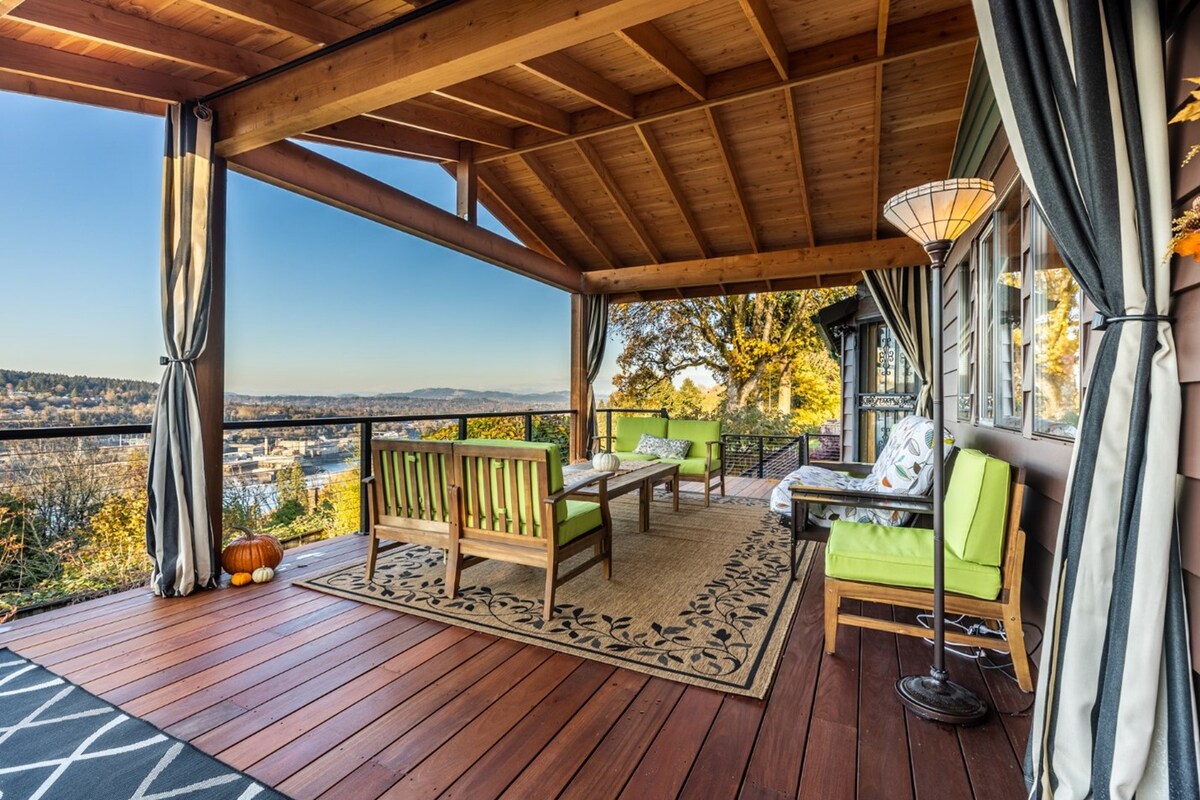
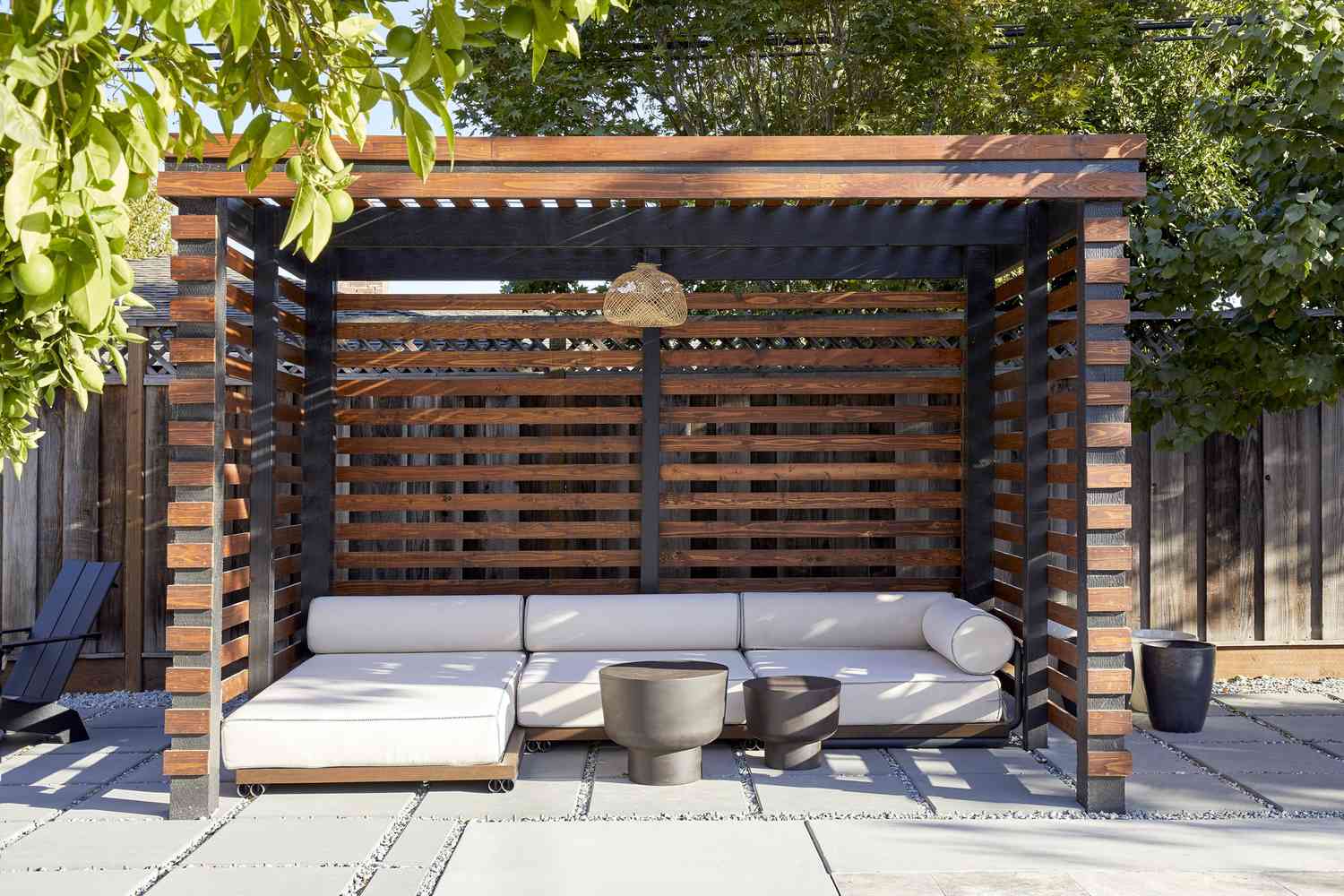
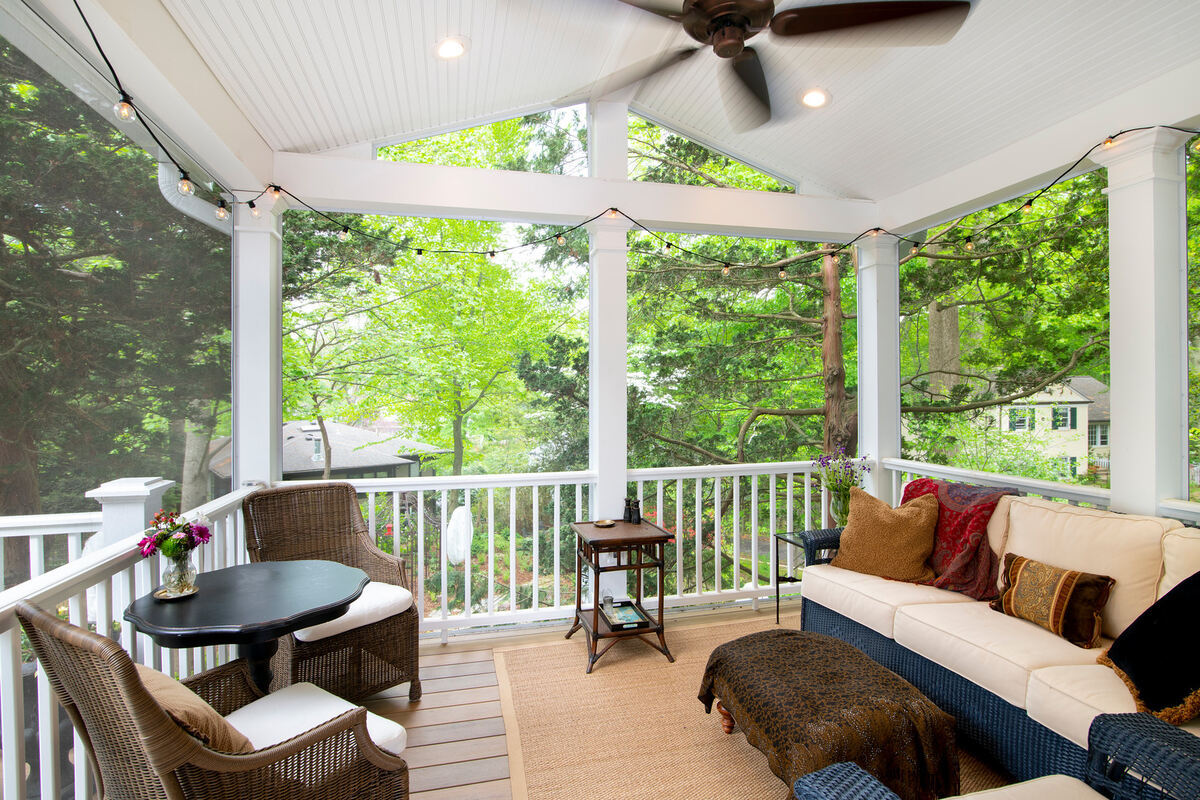
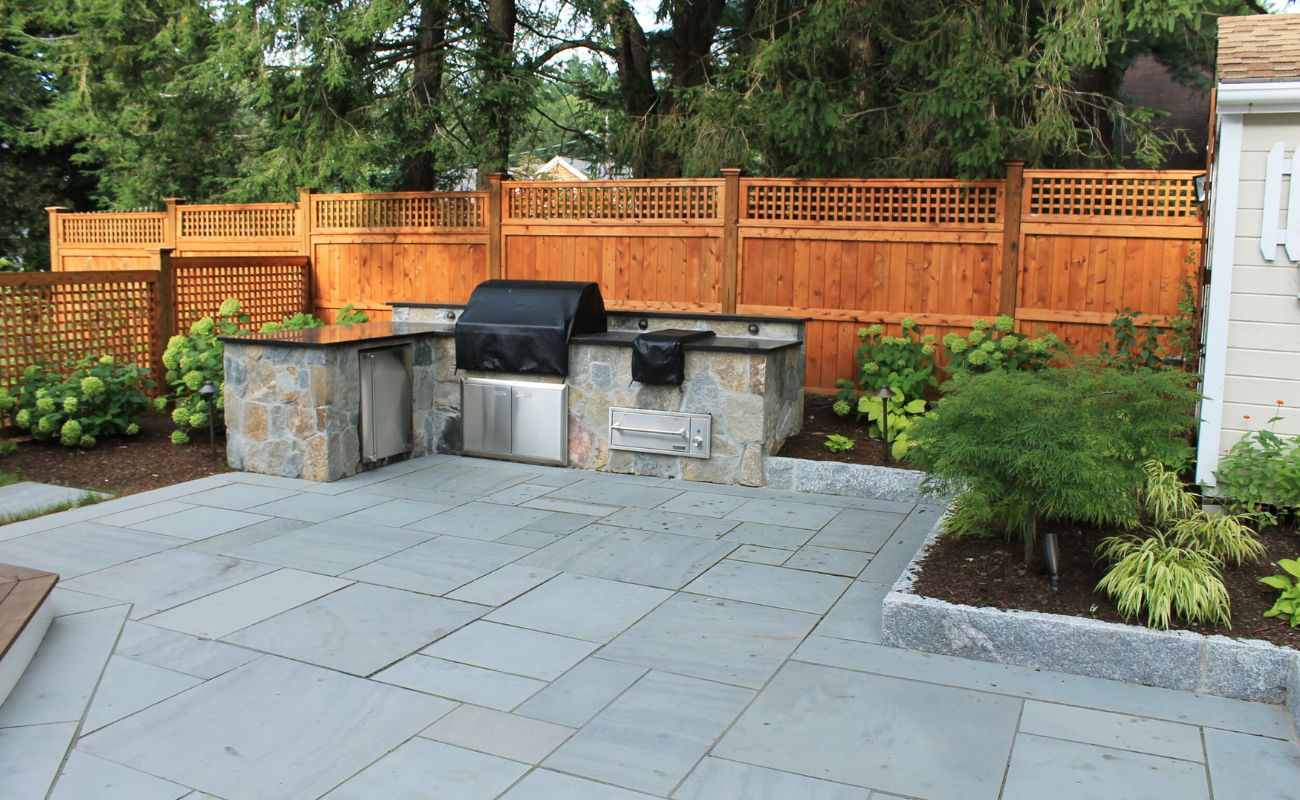
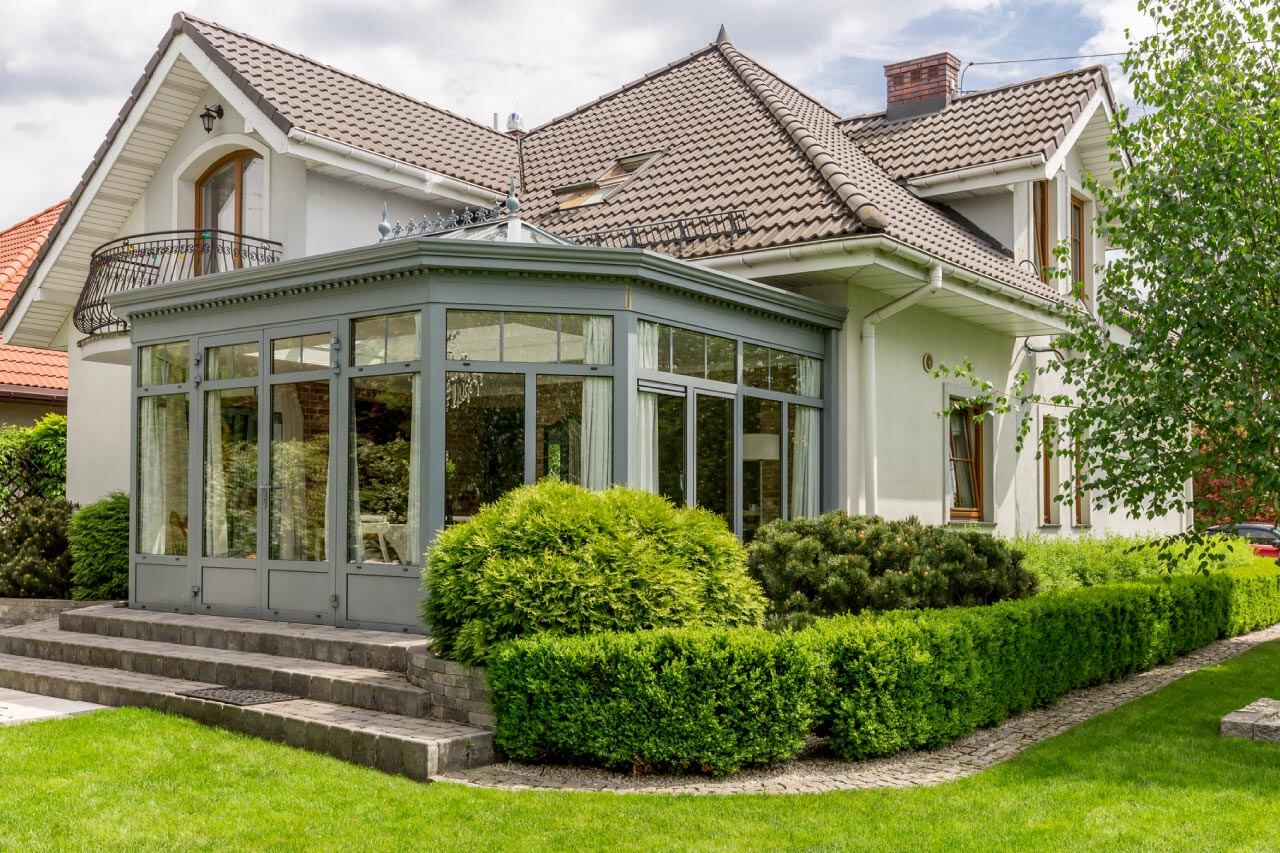
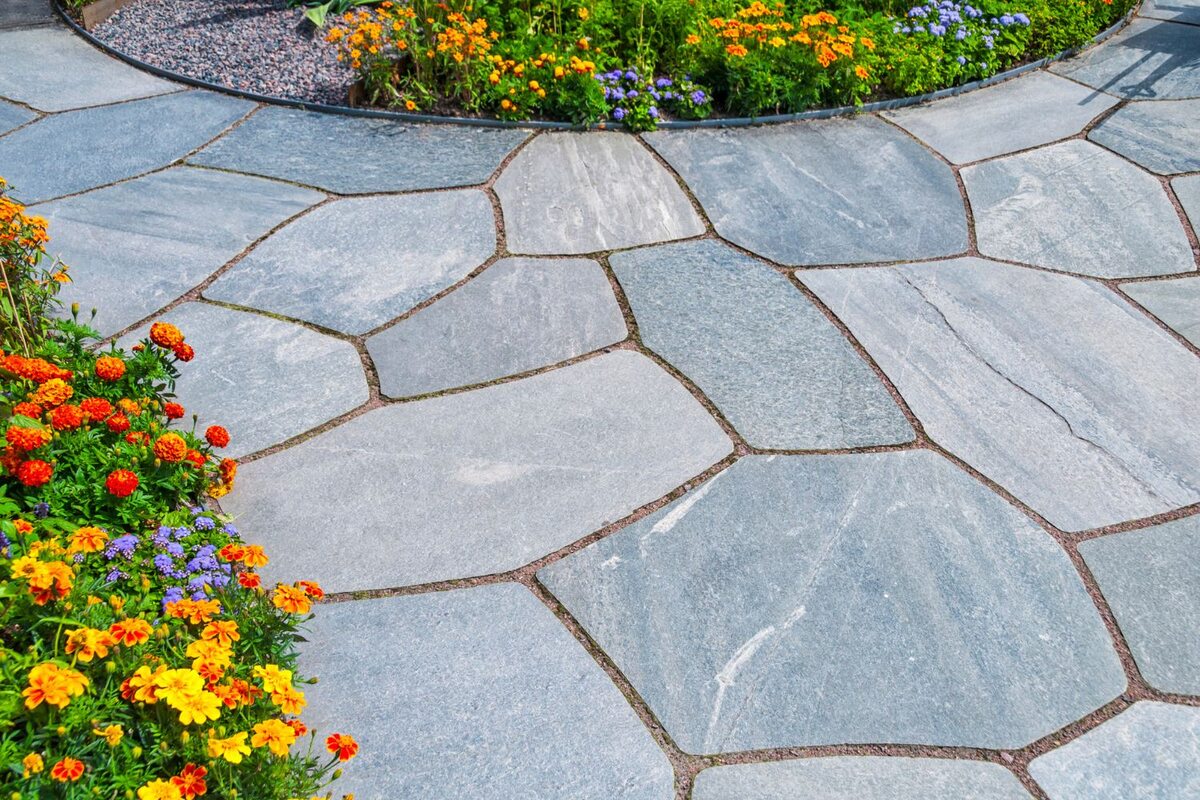
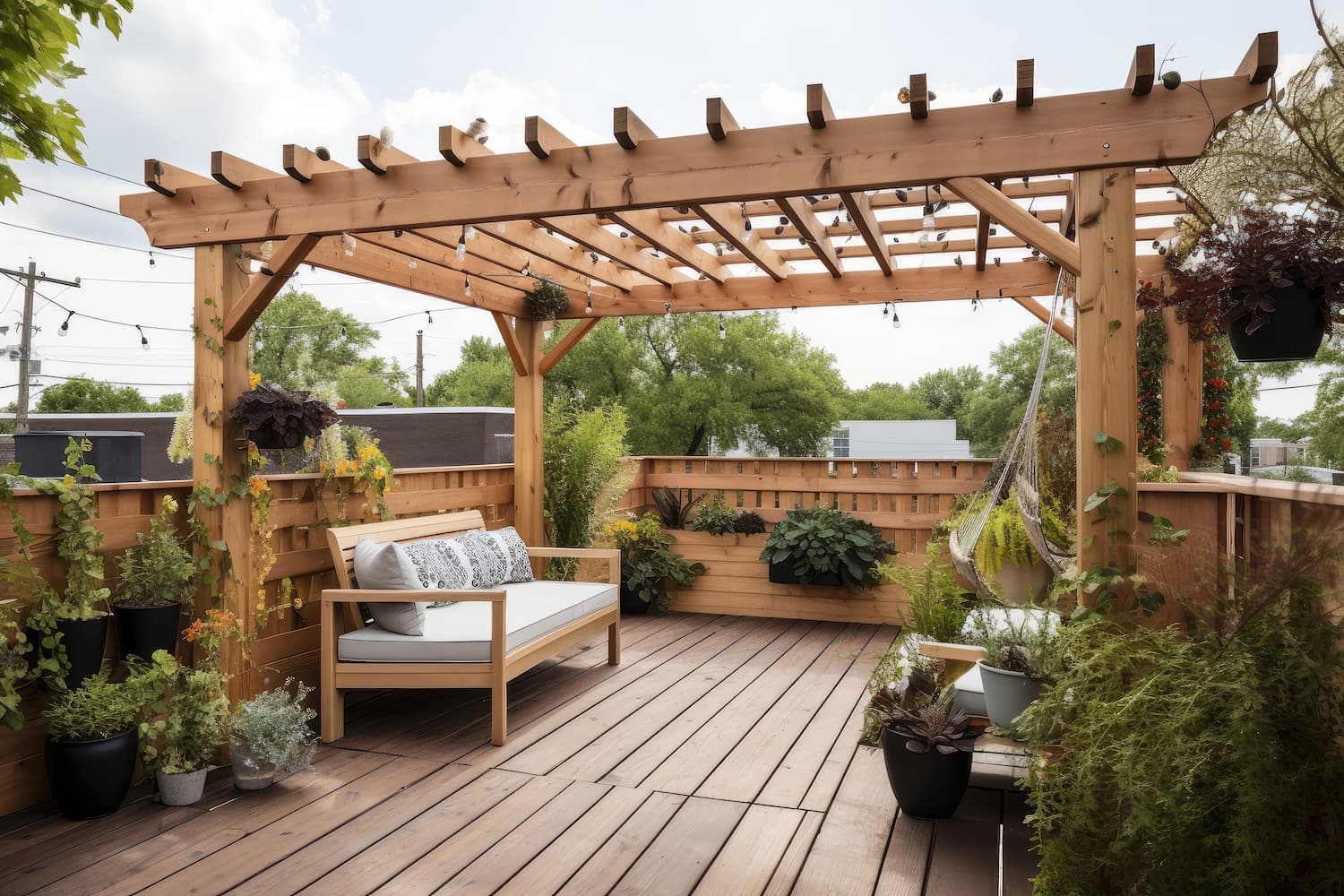
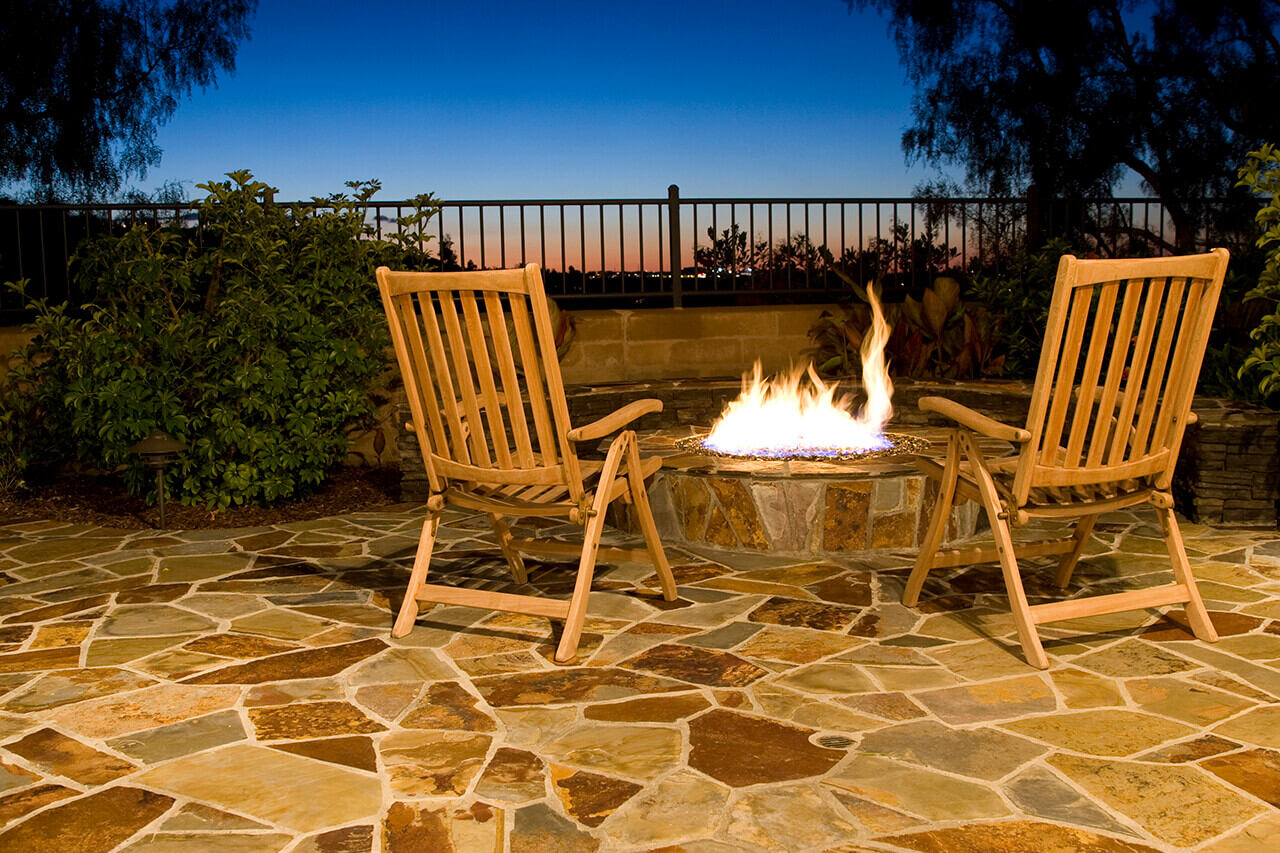
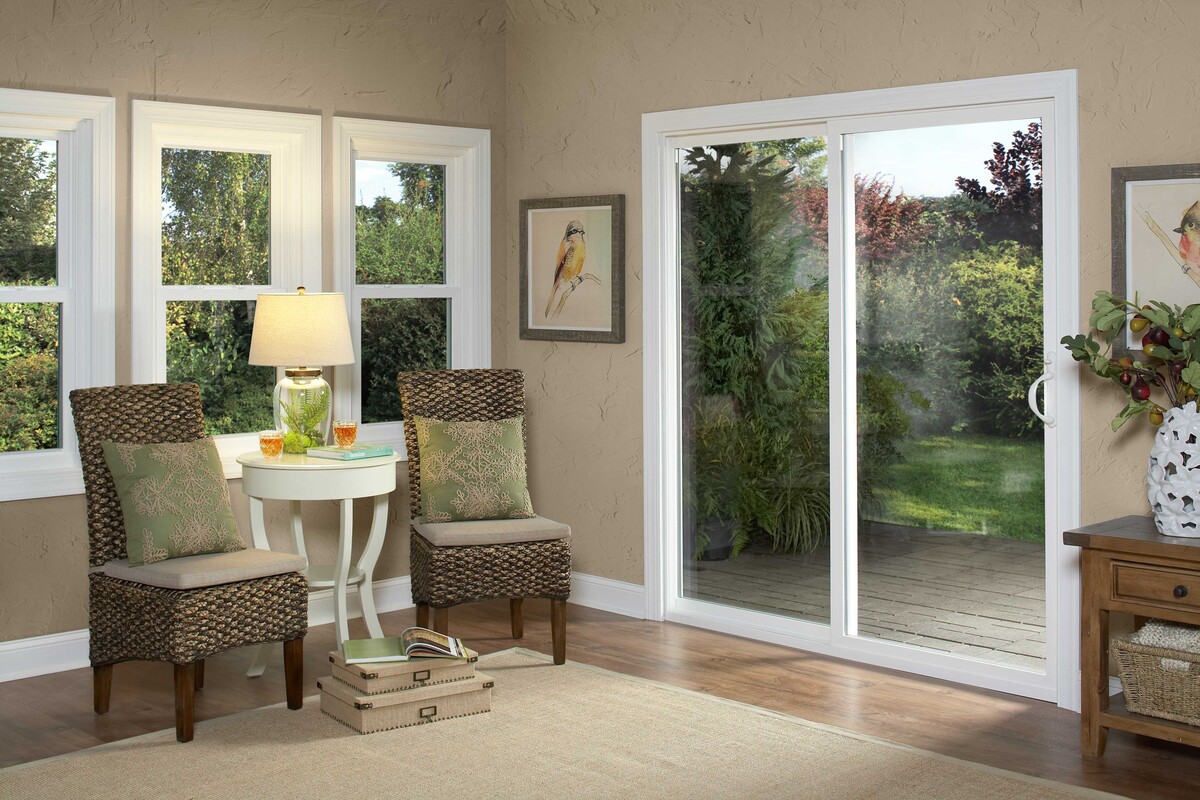
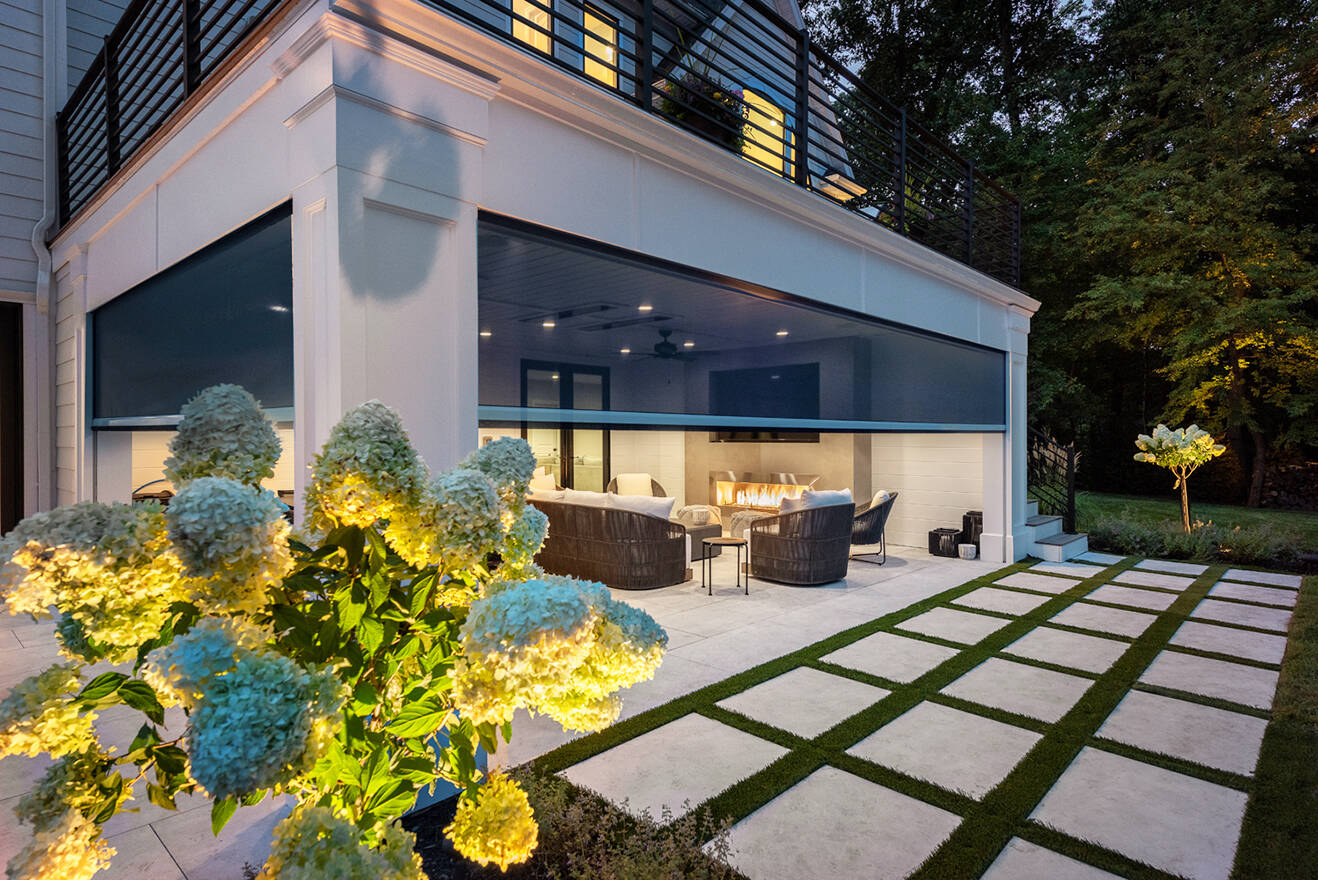
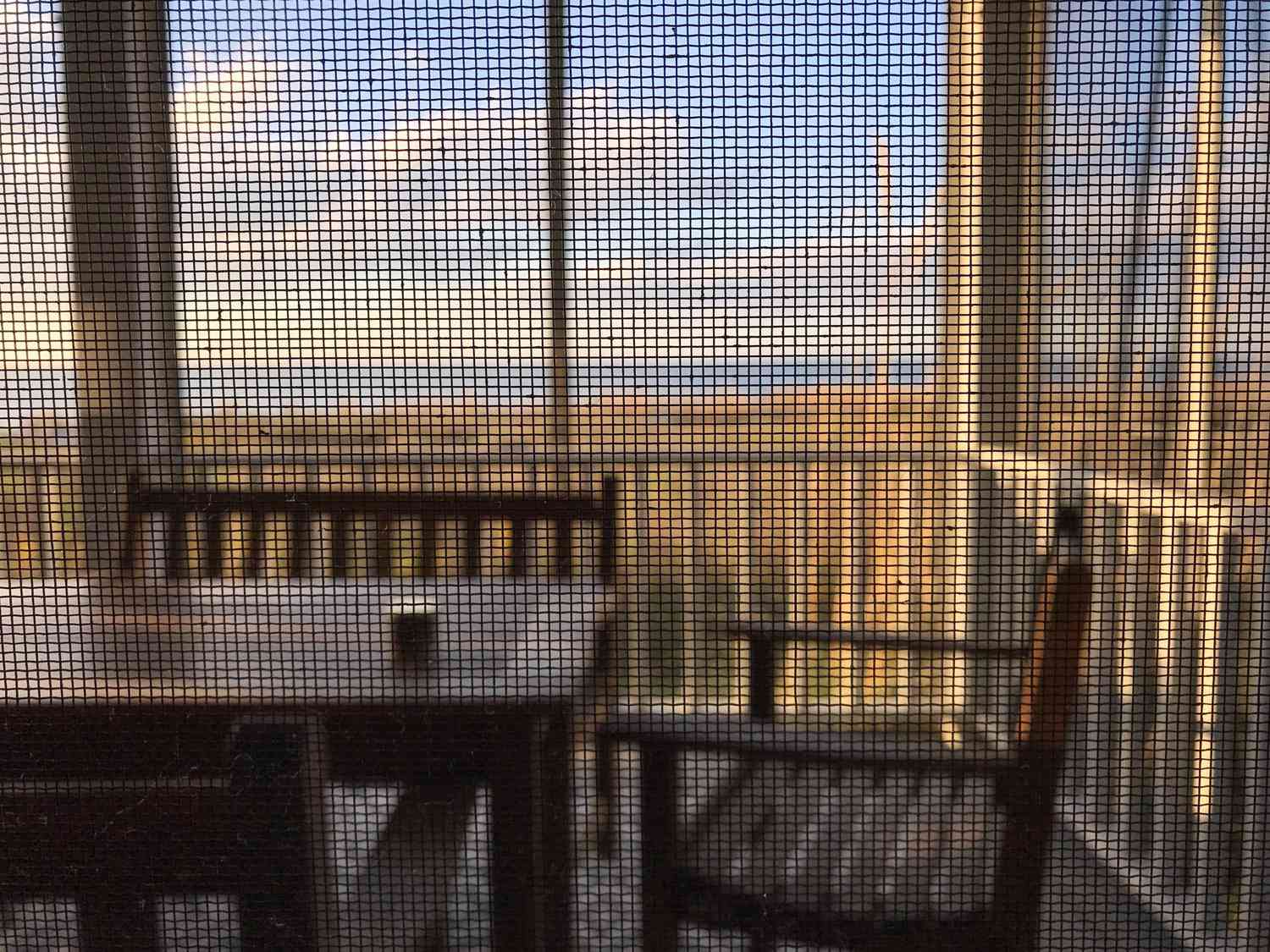
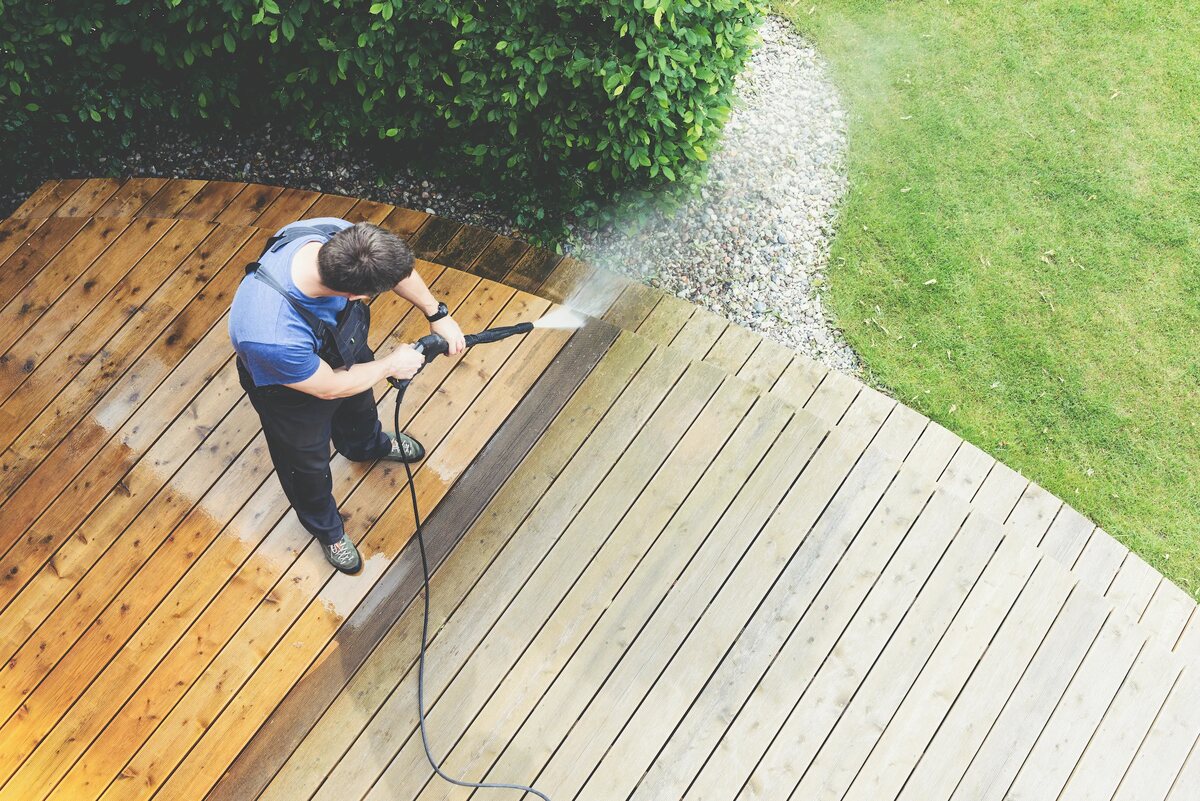
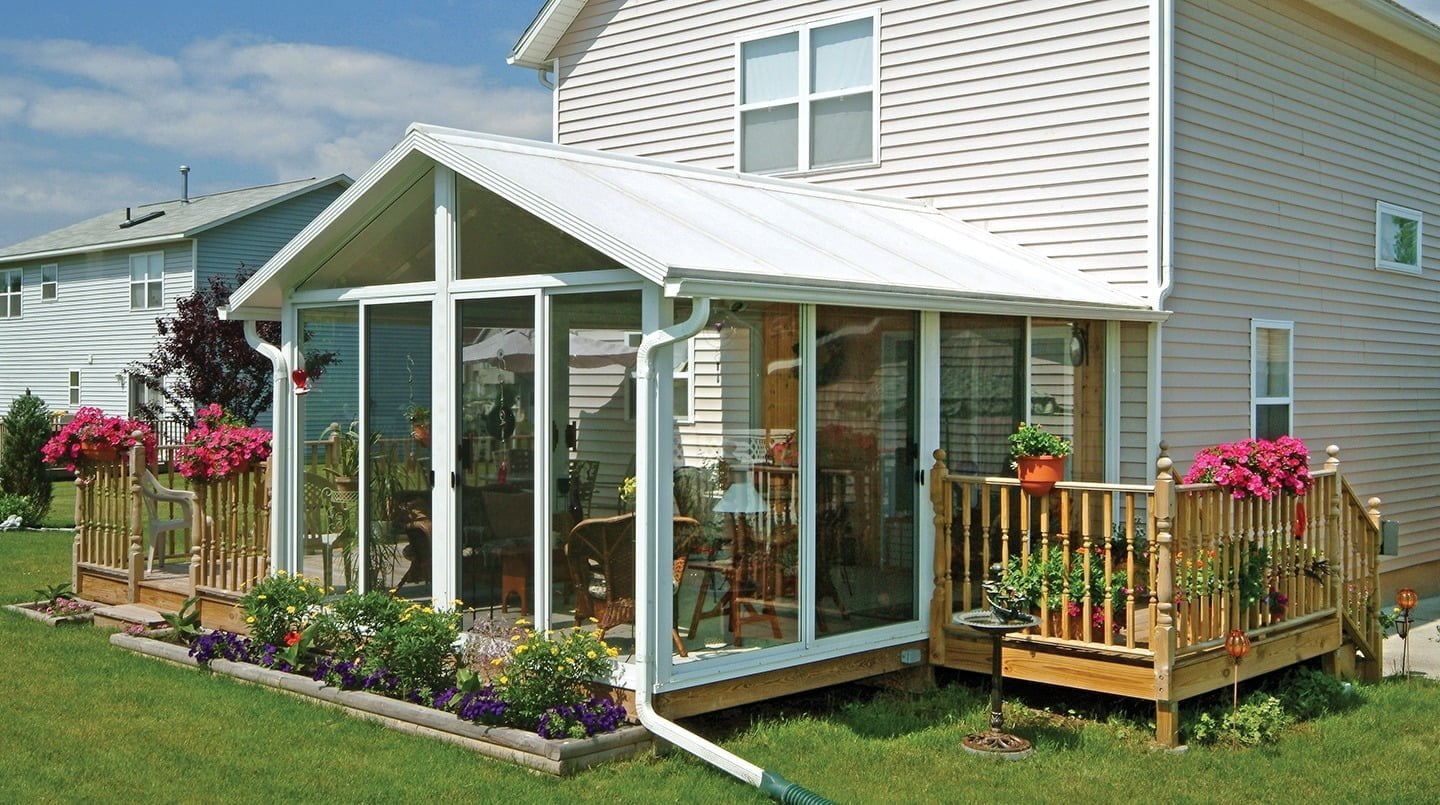
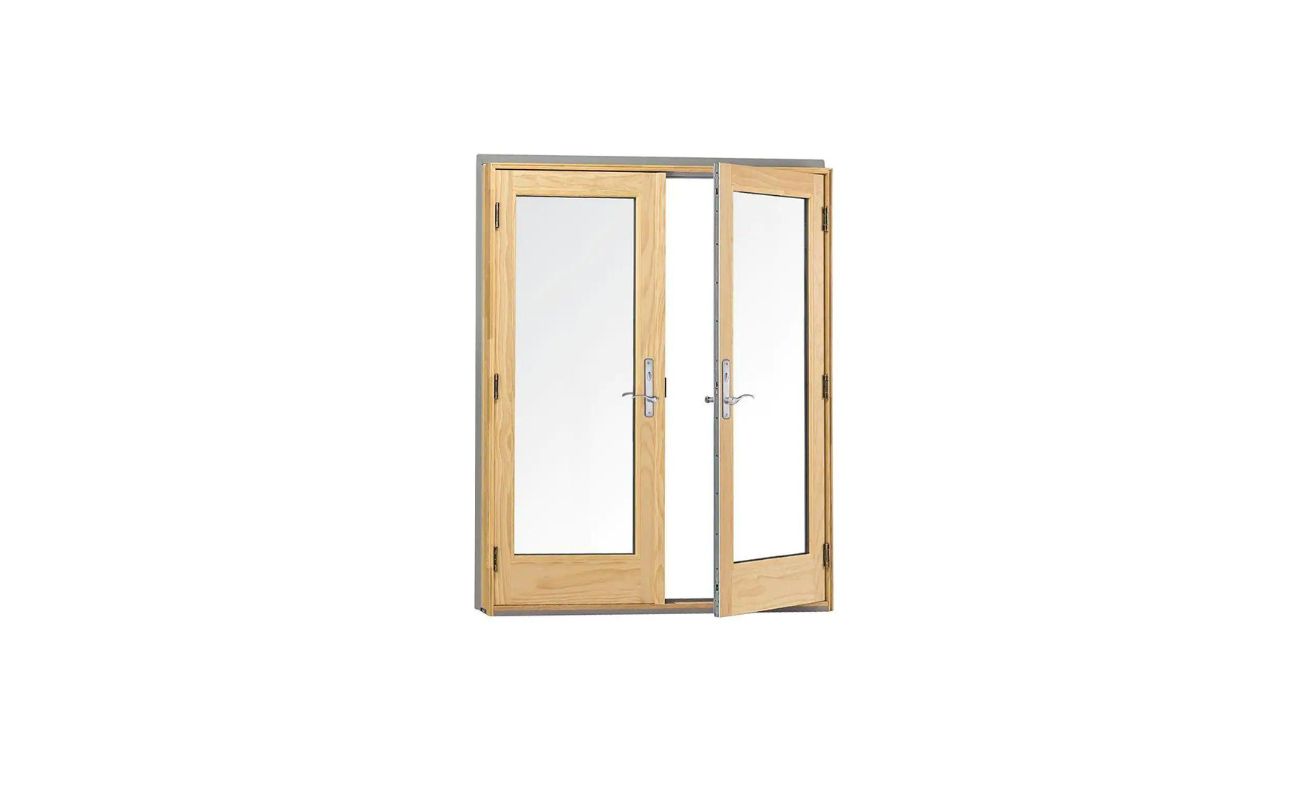

0 thoughts on “How Much Does It Cost To Do A Patio”